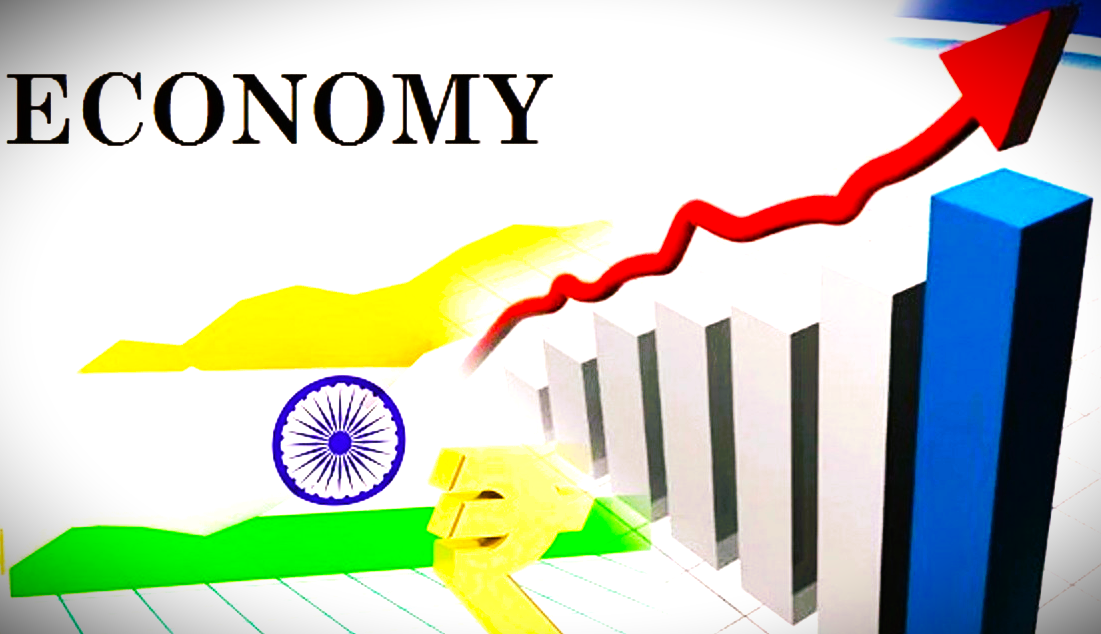In a defining moment for the world’s most populous democracy, India has officially overtaken Japan to become the fourth-largest economy globally, a milestone that once seemed a distant aspiration. The announcement, made by NITI Aayog CEO BVR Subrahmanyam, underscores a remarkable trajectory of economic transformation one driven by ambition, resilience, and the collective momentum of over a billion people.
A Long-Held Dream Realized
For industrialist Anand Mahindra, this achievement is more than just a number. It’s a dream once thought implausible.
“When I was in business school, the idea of India overtaking Japan in GDP felt like a distant, almost audacious dream. Today, that milestone is no longer theoretical; we’ve become the world’s fourth largest economy,” the Mahindra Group chairman shared in a reflective post on X.
His sentiment captures the emotional gravity of the moment. To surpass Japan, a nation synonymous with industrial prowess, innovation, and post-war economic resilience is not just a symbolic victory; it is a testament to India’s emerging global stature.
From the Land of Zero to Trillions
Echoing this pride, RPG Enterprises Chairman Harsh Goenka celebrated the occasion with a poetic flourish:
“From the land of zero to the 4th largest economy in the world! India surpasses Japan with a GDP of $4.187 trillion. A billion dreams, one unstoppable journey. Jai Hind.”
India’s rise is not an overnight phenomenon. It is the result of decades of structural reforms, an expanding digital economy, robust service and manufacturing sectors, and a youthful, entrepreneurial population. From IT corridors in Bengaluru to factories in Gujarat, India’s growth is both widespread and dynamic.
The Road Ahead: Reform, Resilience, and Responsibility
Despite the celebratory mood, industry leaders have urged a measured response. Mahindra was quick to point out that economic scale alone is not the final destination.
“As we celebrate, we must stay dissatisfied. Because India’s next leap must be in per capita GDP, not just overtaking Germany,” he noted. “For us to keep rising, India needs sustained economic reforms in governance, infrastructure, manufacturing, education, and capital access.”
This perspective reflects a critical nuance: While GDP rankings capture global clout, per capita GDP reveals the lived reality of citizens. For India to achieve true economic superpower status, growth must become more inclusive and accessible.
A Global Milestone with Geopolitical Weight
According to IMF data, India’s current GDP stands at $4.19 trillion, trailing only the United States ($30.51 trillion), China ($19.23 trillion), and Germany ($4.74 trillion). NITI Aayog’s Subrahmanyam emphasized that if India sustains its current pace of development, it is poised to become the third-largest economy within the next 2.5 to 3 years.
This advancement comes amid favorable geopolitical shifts. With global investors seeking alternatives to China and international supply chains realigning, India is well-positioned to capitalize on this realignment provided it continues to modernize infrastructure, streamline governance, and foster innovation.
A Billion Dreams in Motion
India’s leap is not just about economic rankings; it’s about aspiration, identity, and momentum. It is a story of startups and steel plants, of young coders and seasoned farmers, of policy shifts and personal grit. It is a story that belongs not to a few, but to a billion determined dreamers.
The road to the top three is now within sight. But the true challenge and opportunity lies in transforming national success into individual prosperity.
In this defining era, India’s greatest asset is not just its GDP. It is its people. Their energy, creativity, and determination are not just driving numbers they are rewriting the future.




